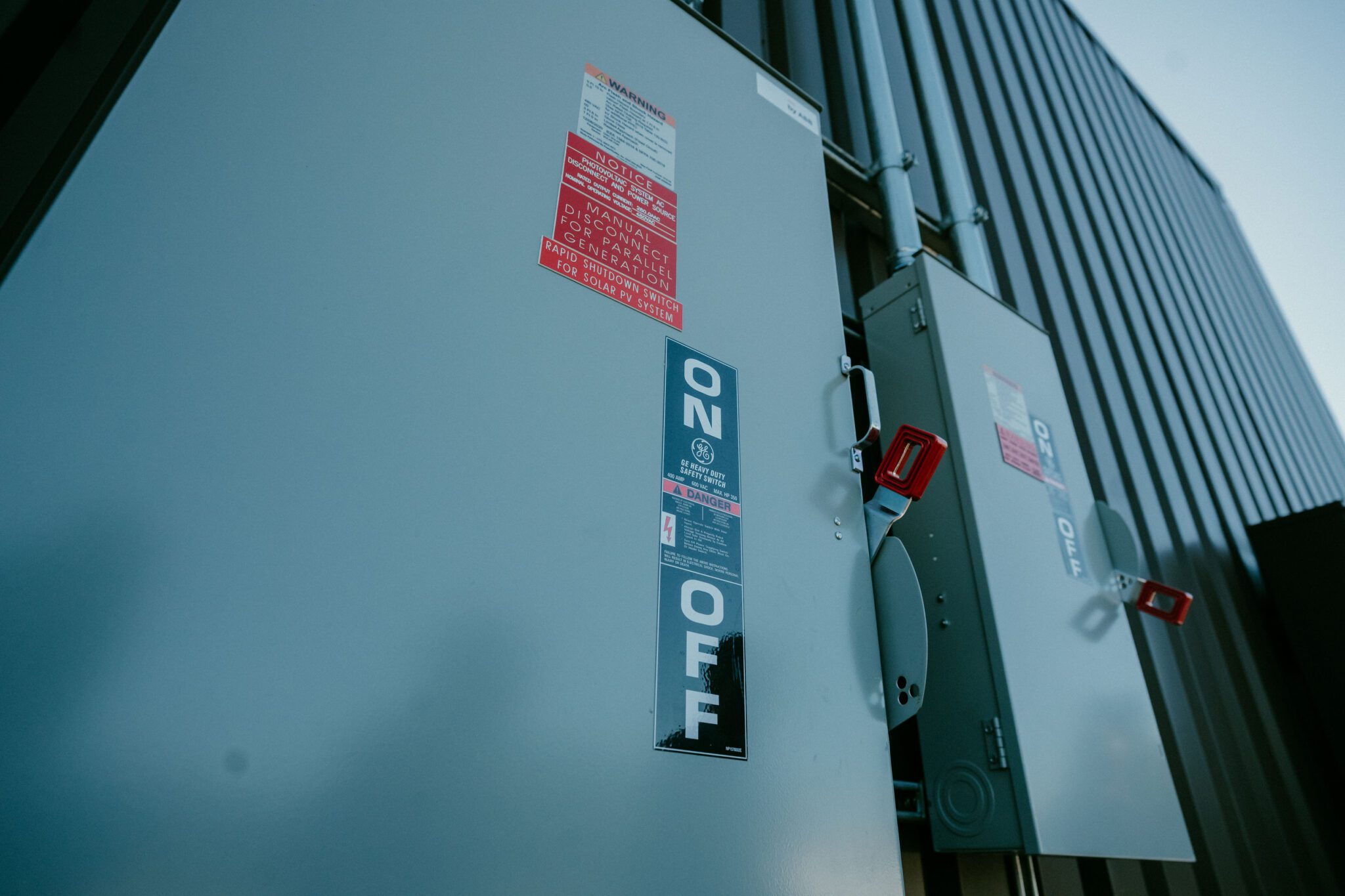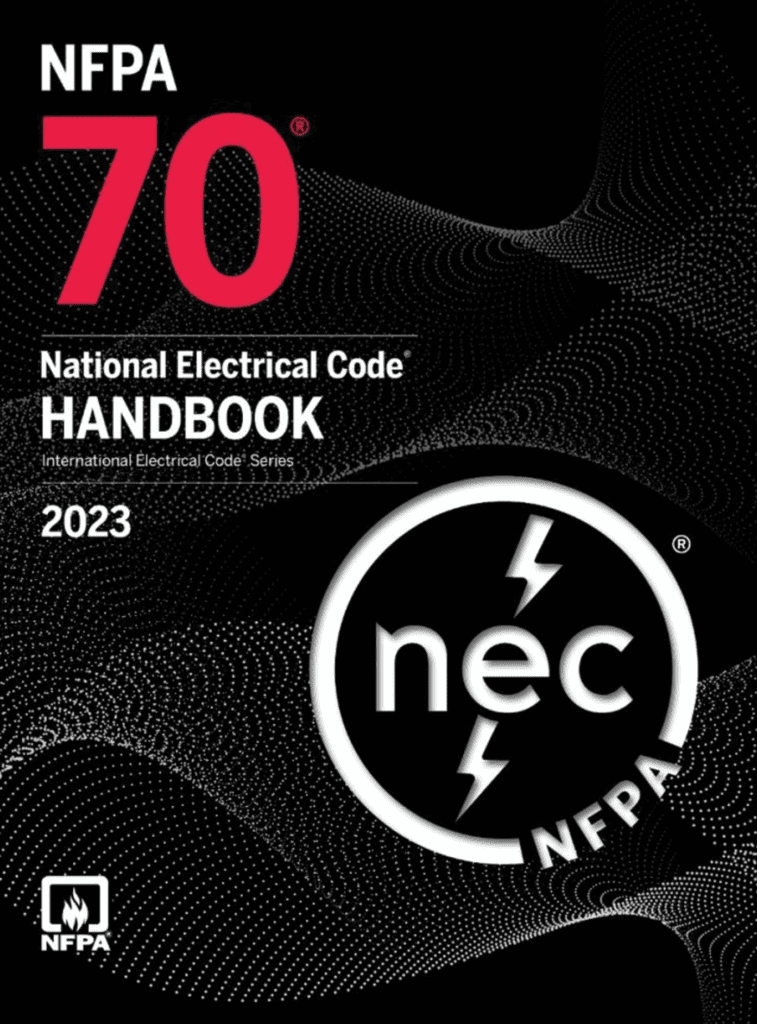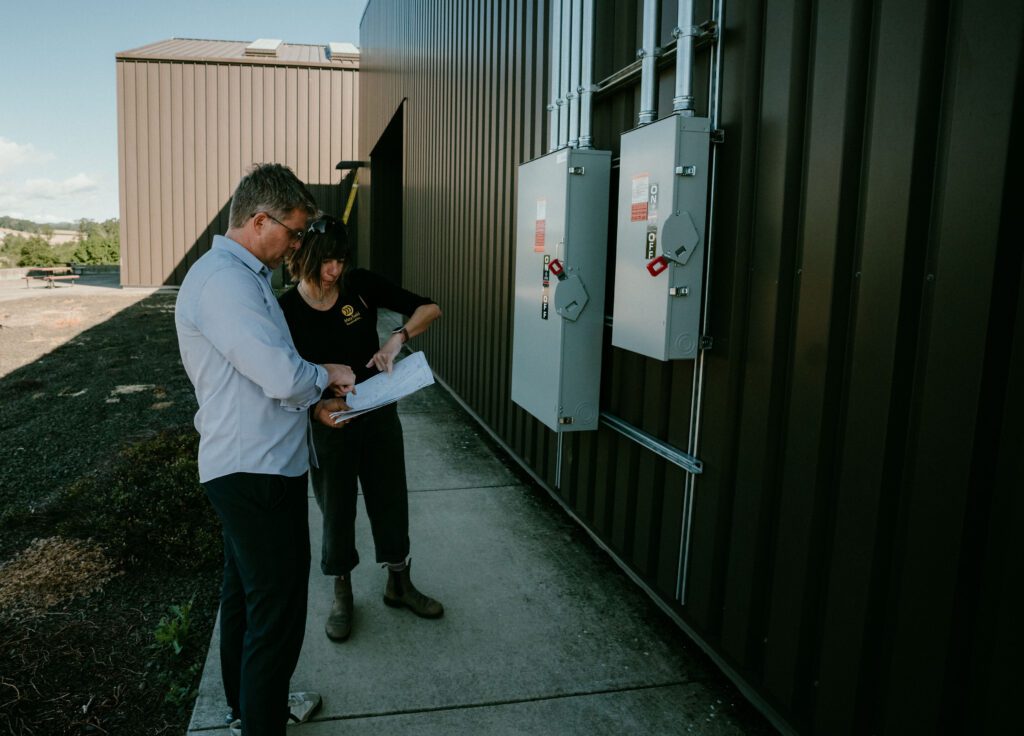
Technical Article
2023 NEC Updates for Energy Storage Systems
Whether you are an industry veteran or a DIYer out over your skis, you'll have to grapple with code if you want to install an energy storage system (ESS). More specifically, you’ll have to grapple (metaphorically, of course) with your local inspector. In the world of solar and battery storage, the National Electrical Code (NEC) is king, and it’s what your inspector will be thinking about when you’re closing out your construction permits.
Since 1897, the good folks at the National Fire Protection Association (NFPA) have been helping keep you and your neighbors safe by making the rules for properly designing and installing electrical systems. As technology advances and industry workers identify and find solutions to new problems, the Code itself gets updated. This happens every three years, and 2023 marks the latest revision to the NEC. While only some jurisdictions have adopted the 2023 version as of this writing, it will show up more broadly over time.

Much of the code remains unchanged from cycle to cycle, so why take the time to peruse the new version of NEC? Missing seemingly small modifications relevant to your system design can make the difference between a smooth-sailing install and one caught up in a permitting logjam. In addition, inspectors are, while admirable in their service, subject to the same human flaws as you and me. If you spend time studying the latest version of NEC, you might find that you can clear up otherwise costly misunderstandings on inspection day with a simple conversation.
Providing accessible training and education about code and standards is a core part of Mayfield Renewables’ mission. Founder Ryan Mayfield has been training industry professionals on the NEC through NABCEP for over 12 years, and our technical consultancy provides individual and group-based NEC training to installers, developers, and EPCs. We recently spoke with members of the NFPA Code Making Panel involved in developing the 2023 NEC to help clarify and illuminate ESS-related changes in Article 706. View the webinar recording here, or read below to learn what you need to know to design and install solar-plus-storage in 2023.
The changes in Article 706 in the 2023 NEC that you need to be aware of relate to scope, definitions, disconnecting means, and emergency shutdown functionality. Let’s walk through them one by one.
706.1 - Scope & Relocation of Definitions
The first notable change is that the definitions that in prior versions of NEC were scattered throughout various Articles have now been aggregated into Article 100. Looking up a term, from anywhere in the NEC, just got much more straightforward.
In addition, while the scope of Article 706 remains:
706.1 - “This article applies to all energy storage systems having a capacity greater than 3.6 MJ (1 kWh) that may be stand-alone or interactive with other electric power production sources. These systems are primarily intended to store and provide energy during normal operating conditions.”
The 2023 NEC includes a new informational note that clarifies what types of ESS require compliance with 706:
Informational Note No. 1 - “See Article 480 for installations that meet the definition of stationary standby batteries.”
Article 480 was developed before Article 706, and this note clarifies that certain types of systems apply to one or the other. Generally speaking, 706 applies to the vast majority of ESS installed nowadays. The “stationary standby batteries” referenced in the note indicate that Article 480 applies to legacy-type systems designed purely for backup power. Stationary standby batteries are programmed exclusively for resilience and do not cycle during normal operation. Except for during charging, they should not interact with the grid, a generator, or even PV. For ESS that are not stationary standby systems, Article 706 applies.
706.15(A) - ESS Disconnecting Means
Disconnects are basically big switches that can be flipped by a technician, utility worker, or firefighter to turn off all or part of an electrical system. A typical ESS will have one or more disconnect switches, with additional disconnects to isolate the PV portion of a system. This usually includes disconnects in the dc and ac portions of the circuitry.
Section 706.15, which is not new in 2023, describes the special requirements for ESS disconnecting means, which are in excess of other disconnects found in the system. Importantly, the language of 706.15(A) has been cleaned up to make clear that these special requirements apply only to the ESS disconnecting means:
706.15(A) - “Means shall be provided to disconnect the ESS from all wiring systems, including other power systems, utilization equipment, and its associated premises wiring.”
This is a welcome change since many inspectors have previously misinterpreted the particular requirements of 706.15 to apply to all disconnects in the system. Because this is a clarification and not a change of substance, you may be able to work with a benevolent inspector to avoid misunderstandings and the burden they create even when the jurisdiction has not adopted the 2023 version of the NEC.
706.15(B) - ESS Disconnecting Means Requirements
So, what are these special requirements for the ESS disconnecting means? There are several. One updated requirement is related to location and control:
706.15(B) - “The disconnecting means shall be readily accessible and shall comply with one or more of the following:
- Located within the ESS
- Located within sight and within 3 m (10 ft) from the ESS
- Where not located within site of the ESS, the disconnecting means, or the enclosure providing access to the disconnecting means, shall be capable of being locked in accordance with 110.25”
These rules exist to protect technicians working on the ESS by ensuring it does not become energized without their knowledge. Note that the ESS disconnecting means must meet only one of these conditions. The first applies to an ESS that is packaged within a single unit and contains an integrated disconnecting means, which can be the simplest solution for the designer if it’s an available option. Disconnects not within sight and within 10 ft of the ESS must also be lockable per 110.25.

706.15(B) - ESS Emergency Shutdown Function
Section 706.15(B) also contains language that has been relocated and modified, which relates to a required “emergency shutdown function” of the ESS in one- and two-family dwellings:
706.15(B) (continued) - “For one- and two-family dwellings, an ESS shall include an emergency shutdown function to cease the export of power from the ESS to the premises wiring of other systems. An initiation device(s) shall be located at a readily accessible location outside the building and shall plainly indicate whether in the ‘off’ or ‘on’ position. The ‘off’ position of the device(s) shall perform the ESS emergency shutdown function.”
Crucially, this does not describe a disconnect but only a shutdown initiation function device. Therefore, the system does not need to send an energized circuit from the ESS location outside the building! Instead, this function can be accomplished with a switch that sends a control signal to a device within the ESS that can initiate the emergency shutdown. Unlike the disconnect itself, that switch does not need to be lockable. Equally importantly, this is not a rapid shutdown function, so don’t confuse these two things. However, it may be possible for the industry to provide methods of combining the ESS emergency shutdown function with PV rapid shutdown. Finally, in cases where the ESS disconnecting means is incorporated into the ESS system itself (e.g. an ESS with an integrated inverter), the device manufacturer may provide a means of operating it with a control circuit.
706.15(E) - Disconnecting Means for Batteries
In case you haven’t had enough of disconnecting means, NEC 2023 also has new requirements for such means in an ESS where the batteries are separate from the ESS electronics and are subject to field servicing:
706.15(E) - “In cases where the battery is separate from the ESS electronics and is subject to field servicing, 706.15(E)(1) through (E)(4) shall apply.
- A disconnecting means shall be provided for all underground conductors. A disconnecting means shall be readily accessible and located within sight of the battery.
- Battery circuits exceeding 240 VDC nominal between conductors or to ground shall have provisions to disconnect the series-connected strings into segments not exceeding 240 VDC nominal for maintenance by qualified persons. Non-load-break bolted or plug-in disconnects shall be permitted.
- Where a disconnecting means is provided with remote controls to activate the disconnecting means and the controls for the disconnecting means are not located within sight of the battery, the disconnecting means shall be capable of being locked in the open position, in accordance with 110.25, and the location of the controls shall be field marked on the disconnecting means.
- The disconnecting means shall be legibly marked in the field. The marking shall be of sufficient durability to withstand the environment involved and shall include the following:
- Nominal battery voltage
- Available fault current derived from the stationary standby battery system
- An arc-flash label in accordance with acceptable industry practice
- Date the calculation was performed
While this may appear to add a significant burden to ESS design, note that these requirements only apply when the batteries are both separate from the ESS electronics and require field servicing. These rules are designed to protect technicians and the sites where they are installed in cases where they apply.
Need support? Get in touch!
Mayfield Renewables provides industry-leading NEC training and technical consulting services. Fill out this short form to get in touch with us.

